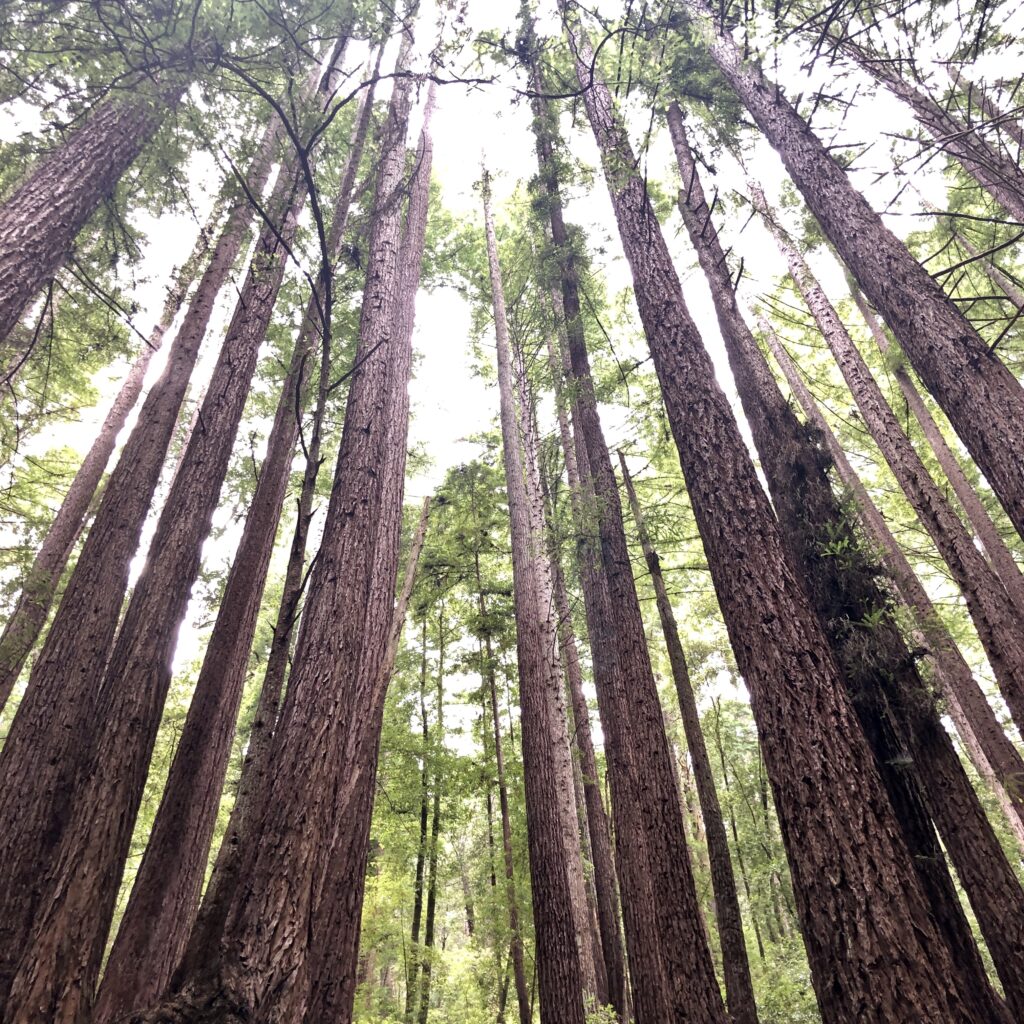I recently used k-dimensional trees to get decision boundaries in a very high-dimensional space and find the nearest neighbors for a given vector. I was curious to know what else these trees can be used for in machine learning. This led me to random forests and I read up on a couple blog posts to learn more about them. They seem like a really useful and robust way to approach classification problems and I’ve jotted down a quick summary of decision trees and random forests. Note that this isn’t a complete description of how these methods are defined mathematically; instead, I’m writing quick refresher notes for working with these techniques. Without further ado, here they are!

